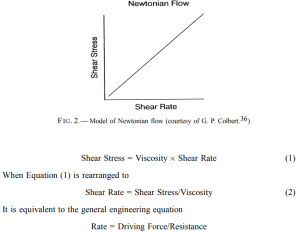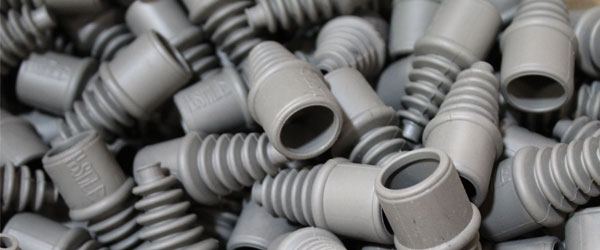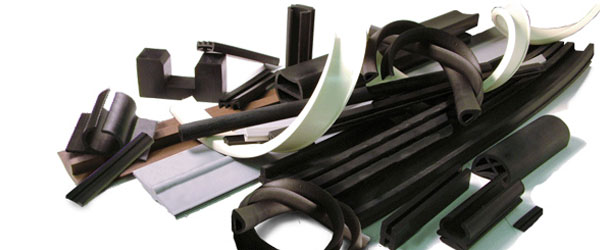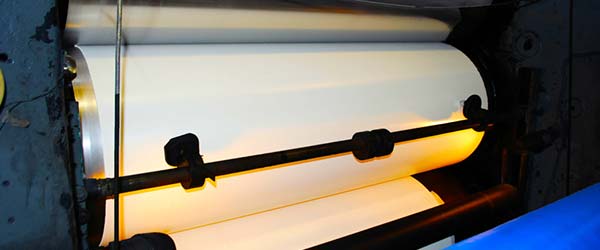Shear thinning fluids are fluids that exhibit a decrease in viscosity as the shear rate increases. In other words, the fluid becomes less viscous and flows more easily when it is subjected to higher rates of shear stress. Rubber is an example of a shear thinning material.
When rubber is subjected to shear stress, the long polymer chains in the material begin to align in the direction of the stress. This alignment causes the material to become more fluid and flow more easily. As the shear rate increases, the material continues to align and flow more readily, causing a decrease in viscosity.
The shear thinning behavior of rubber can have significant implications for rubber processing and manufacturing. For example, the mixing process for rubber compounds can be optimized by using equipment that applies a high shear rate to the material, which will result in better mixing and dispersion of additives.
Additionally, the viscosity of rubber can impact its performance in applications such as tire manufacturing. High viscosity rubbers may be more durable and long-lasting, but they may also provide poorer handling and performance characteristics. Lower viscosity rubbers may be more responsive and provide better handling, but they may not be as durable.
In summary, rubber is an example of a shear thinning material, which means that its viscosity decreases as the shear rate increases. This behavior can have important implications for rubber processing and manufacturing, as well as the performance of rubber products in various applications.
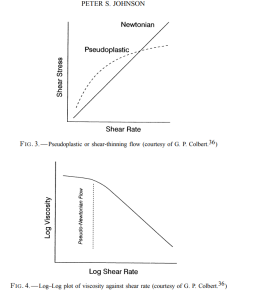
 (909) 987-1774
(909) 987-1774 Email Us
Email Us





